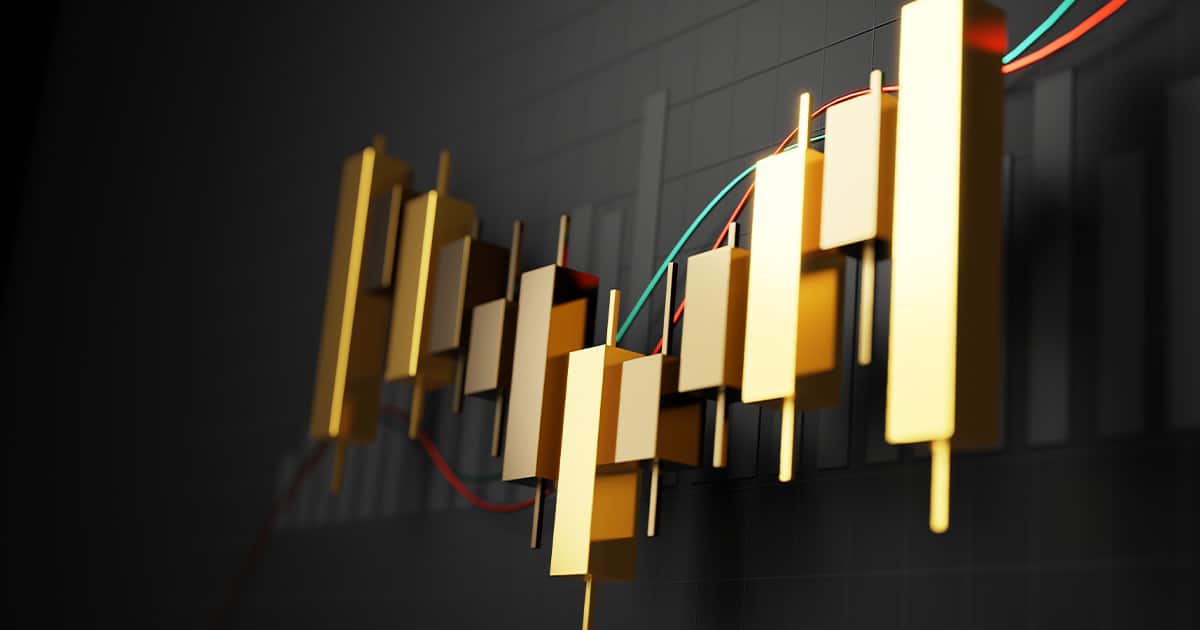
The gold spread is the difference between the asking and bid prices of gold. The bid and asking prices are two-way quotes that state the highest price a buyer will pay and the lowest price a seller will accept. The spread represents everything over the current price of gold and other precious metals.
When you buy precious metals, the price you see listed is the ask price. When you are selling precious metals, you will see the bid price. The spread between these two prices is measured in points and percentages, serving as a crucial indication of liquidity for a given asset and the current volatility of the market.
How are the Ask and Bid Prices Set?
The bid price of gold is the current market offer to sell gold to a dealer or coin shop. If you are selling gold to a dealer, this is the price you will receive. The ask price is the current minimum price per ounce for a dealer or coin shop to sell gold.
These prices are set by the market and its behavior. They are determined and impacted by liquidity as well as supply and demand for an asset like gold.
How to Calculate the Gold Spread
To find the gold spread, subtract the current bid price from the current ask price. If the asking price is $100 and the bid price is $99, the spread would be $1. Calculating this as a percentage requires dividing the spread of $1 by the asking price of $100 and multiplying the result by 100. In this instance, the spread would be 1%.
What Other Factors Impact the Gold Spread?
The spread is subject to fluctuation. For instance, during periods of market volatility, sellers may be unwilling to accept prices below a given threshold. Similarly, investors and traders may not be willing to pay prices above a given threshold. This results in a wide spread between the bid and asking prices. Additionally, times of increased economic uncertainty present greater risks, which also widens the spread between selling and buying prices.
Conversely, there tend to be numerous buyers and sellers in more liquid markets. This greater number of buying and selling parties generally results in competitive pricing. The increased saturation and competitive pricing results in a narrower spread.
Supply and demand also exert a force on the differences in bid and asking prices. When the demand is high and supply is limited, the spread widens. Abundant supply can also cause a narrow spread.
Inflation can indirectly impact the gold spread. As inflation reduces the purchasing power of a currency, investors turn to safe haven assets like gold, which increases the demand while also exerting upward pressure on the price.
How can I Use the Gold Spread to Guide My Strategy?
Paying mindful attention to the spread before making significant purchases and sales helps to ensure you are buying at the right time for the right price. When the spread is tight, meaning that the bid and ask prices are close together, it indicates an elevated level of liquidity. If supply and demand are balanced, more commonly traded assets should have narrow spreads. Gold may be traded more than most other assets and is highly liquid, but its supply may be limited in relation to its demand.




